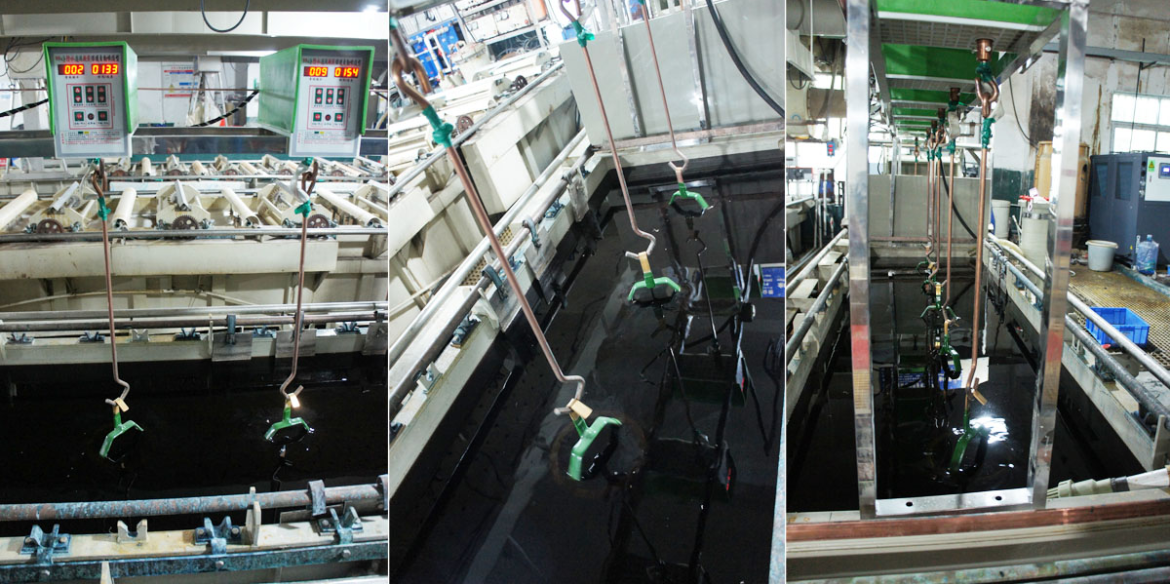- All
- Product Name
- Product Keyword
- Product Model
- Product Summary
- Product Description
- Multi Field Search
Views: 6 Author: Xicheng EP LTD Publish Time: 2023-03-13 Origin: Xicheng EP LTD
Electroplating is a process that involves the deposition of a metal coating onto a surface using an electric current. The process is widely used in the manufacturing industry to produce a range of products, from automotive parts to jewelry. Electroplating plants typically use a variety of chemicals and processes to achieve the desired results. Unfortunately, these processes can also produce hazardous exhaust gases that pose a significant risk to workers and the environment.

Electroplating plants generate exhaust gases as a byproduct of their various processes. These gases can contain a range of harmful chemicals, including sulfur dioxide, nitrogen oxides, hydrogen cyanide, and chlorine gas, among others. These gases are produced as a result of the chemical reactions that occur during the electroplating process. For example, when metals are dissolved in acids to form electrolytes, they can produce hydrogen gas, which is highly flammable and explosive.
One of the most significant hazards of exhaust gas from electroplating plants is that it can cause serious health problems for workers who are exposed to it. Inhalation of these gases can cause respiratory problems, such as asthma, bronchitis, and lung cancer. These gases can also cause skin irritation and can damage the eyes and other mucous membranes.
In addition to the health risks, exhaust gas from electroplating plants can also cause environmental damage. Many of the chemicals produced by these processes are harmful to the environment and can cause soil and water pollution. For example, sulfur dioxide can react with water to form sulfuric acid, which can be highly corrosive and can damage the surrounding ecosystem. Nitrogen oxides can also contribute to acid rain, which can have serious consequences for plant and animal life.
To mitigate these hazards, electroplating plants must take steps to control and manage their exhaust gases. One common method is to use air pollution control equipment, such as wet scrubbers or filters, to remove harmful chemicals from the exhaust gas before it is released into the atmosphere. These systems work by trapping the harmful chemicals and converting them into less harmful compounds or by simply removing them from the gas stream altogether.
Another important step that electroplating plants can take to reduce the hazards of exhaust gas is to improve their ventilation systems. Proper ventilation is essential for ensuring that workers are not exposed to harmful levels of these gases. This can be achieved through the use of exhaust fans, ductwork, and other equipment designed to capture and remove exhaust gases from the work environment.
Furthermore, electroplating plants should also ensure that they have adequate personal protective equipment (PPE) available for their workers. This equipment can include respirators, eye and face protection, and protective clothing. Workers should be trained in the proper use of this equipment and should be required to wear it whenever they are working in areas where exhaust gases are present.
Finally, electroplating plants should also implement regular monitoring programs to ensure that their exhaust gas emissions are within acceptable limits. This can involve the use of air quality monitoring equipment, such as gas detectors or air samplers, to measure the levels of harmful chemicals in the air. Regular monitoring can help identify any potential problems early on, allowing for prompt corrective action.
In conclusion, exhaust gas from electroplating plants can pose significant hazards to workers and the environment. These hazards can be mitigated through the use of air pollution control equipment, proper ventilation systems, personal protective equipment, and regular monitoring programs. By taking these steps, electroplating plants can ensure that their workers are safe and that their operations are environmentally responsible.
| | N0.34 Zhenxing Road (Shengtaian Heavy Industrial Park B), Loucun, Guangming New Dist, Shenzhen, Guangdong, China |
| | +86 18028775826 |
| | Leyte@china-xicheng.com |